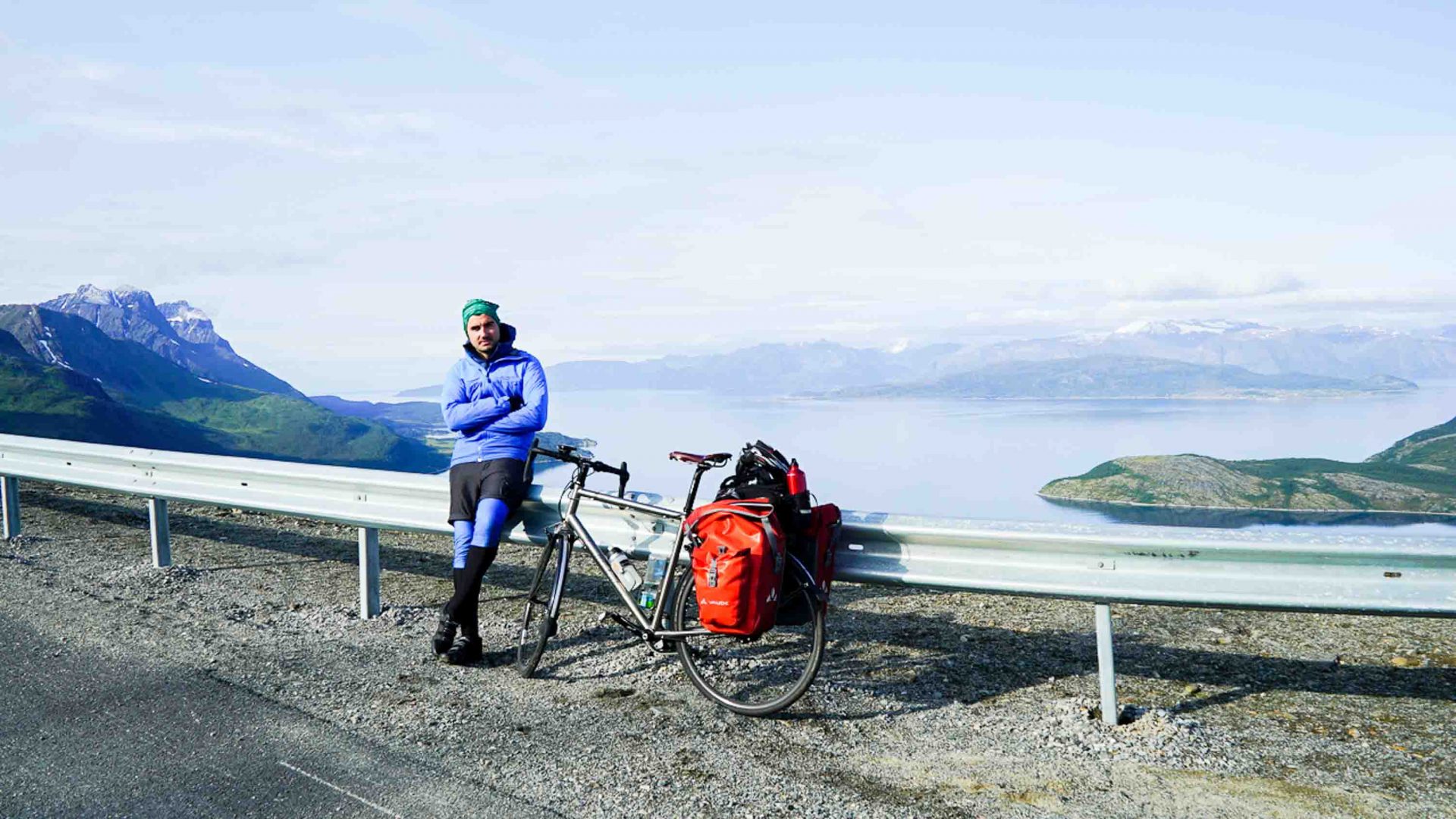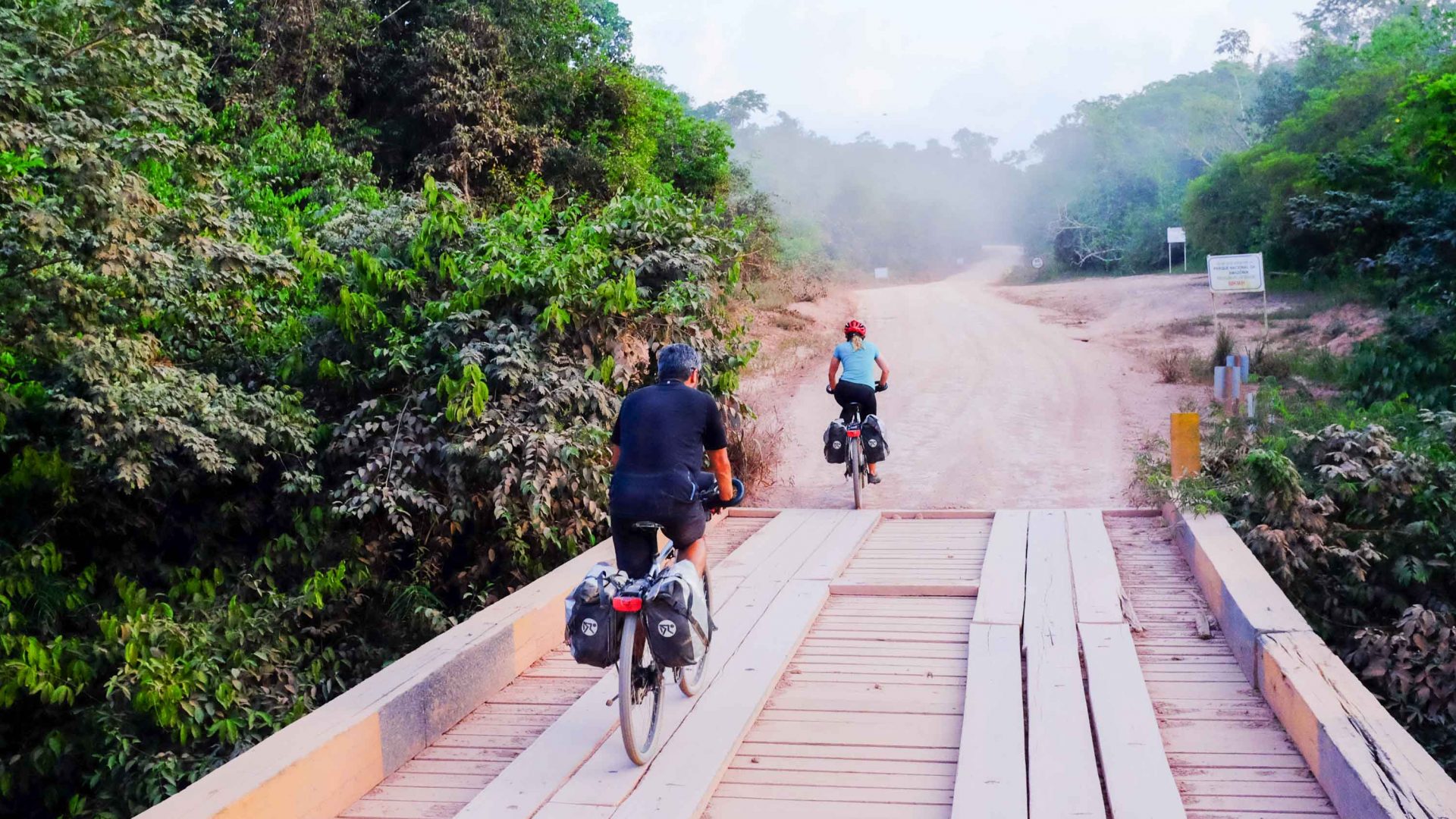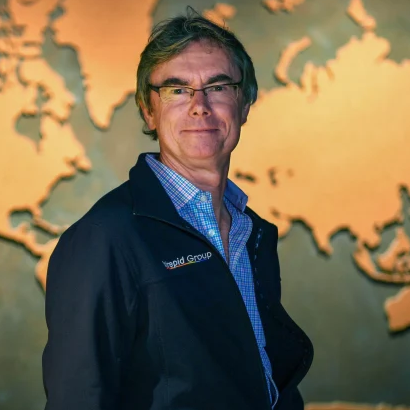FK, did you notice any regional differences in the bike program?
“Definitely. That was one of the early challenges. In Sri Lanka, we assumed that, because bicycles were easy to source, people would know how to ride, have the skills to maintain a bicycle, and be able to access parts and repairs. Our assumptions were correct.
But as we expanded to Africa, it was a completely different story. There were no local suppliers, and the bikes that were available were terrible quality. We affectionately called these BSOs, which stands for ‘bicycle-shaped objects’.
Since then we’ve worked to create a bike that can stand up to pretty much anything. We call it the Buffalo Bicycle – manufactured in Taiwan and assembled locally. This is the model we roll out all over the world.”
How does the program work?
“Buffalo Bicycles operates as a social enterprise. By assembling locally, we keep the costs down, and we also provide local employment. Our assemblers are paid a good income, learn new skills, and many go on to have careers in business management and marketing.
We sell these bikes in more than 50 shops in Colombia, Kenya, Malawi, Zambia and Zimbabwe, and the proceeds from those sales go to fund our philanthropic programs. Each design is tested locally, for local conditions, and we also train field mechanics in rural communities, so people can access repairs and parts.”
How can bicycles help empower rural communities?
“More than a billion people in rural regions lack access to reliable roads and affordable transportation. In the countries where we work, every day is a long-distance race. Every journey starts and ends on foot. There are often no roads, let alone access to cars, motorbikes or buses. If transport is available, the costs can be prohibitive for people living in low-income communities.
This lack of efficient, reliable transport adversely affects economic and social development, and makes it extremely hard for low-income communities to break the cycle of poverty.
We believe that mobility is a fundamental human right. With a quality bicycle, purpose-built to carry heavy loads on rough roads, children can reach school, people can get their goods to market, make more money, and healthcare workers can provide care in remote rural settings.”









